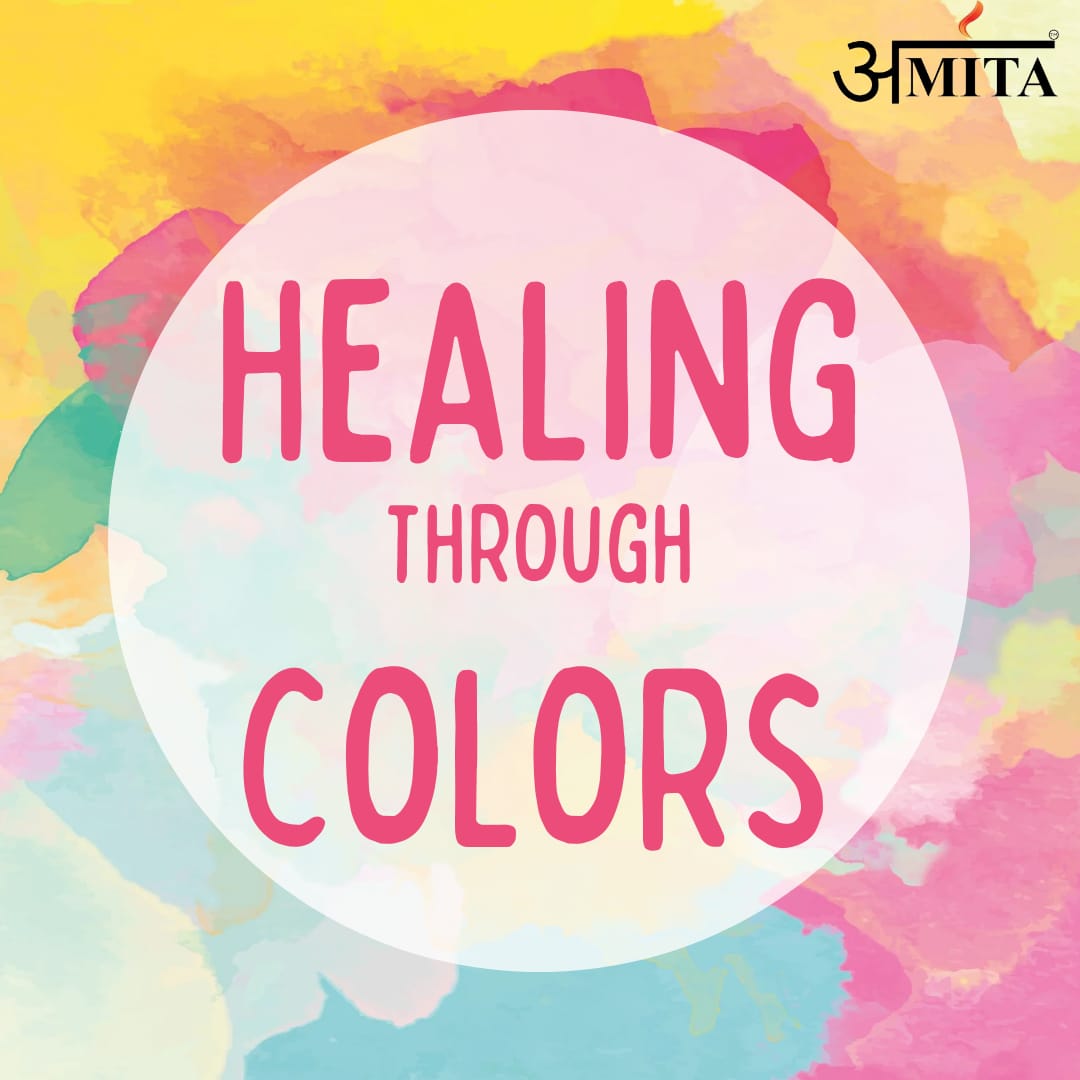
The scars of complex trauma run deep, etching themselves not only on physical landscapes but also on the minds and hearts of those who endure it. Non-Governmental Organizations (NGOs) are increasingly employing a powerful tool to mend these invisible wounds: art therapy.
Art therapy utilizes creative expression through painting, drawing, sculpting, and other mediums to help individuals process trauma, navigate difficult emotions, and find pathways to healing. In trauma processing, where traditional verbal communication may be overwhelmed by the sheer weight of experience, art therapy offers a safe and non-judgmental space for expression.
Imagine a child who has witnessed violence, struggling to articulate their fear and confusion. Through art therapy, they might paint a chaotic scene, a jumble of dark colors representing their inner turmoil. The therapist can then guide the child to explore these emotions, perhaps suggesting brighter colors or calmer scenes to represent hope and resilience.
The benefits of art therapy in trauma processing are far-reaching. It can:
- Facilitate communication: When words fail, art provides a voice for unspoken emotions.
- Reduce stress and anxiety: The creative process itself can be cathartic, allowing individuals to release pent-up emotions.
- Promote self-awareness: By creating art, individuals gain a better understanding of their inner world and emotional landscape.
- Build coping skills: Art therapy can equip individuals with tools to manage difficult emotions and build resilience.
- Foster social connection: Group art therapy sessions can create a sense of community and belonging for those who have experienced isolation or collective trauma.
NGOs working with children and people with multiple or collective trauma are at the forefront of utilizing art therapy. These programs offer a beacon of hope for those struggling to rebuild their lives in the aftermath of conflict.
Art therapy is not a magic bullet, but it is a powerful tool that can empower individuals and communities to heal, rebuild, and find solace in the face of immense adversity. As one NGO worker aptly said, “In a world shattered by violence, art therapy can be the bridge to a more hopeful future.”
Kanishka
